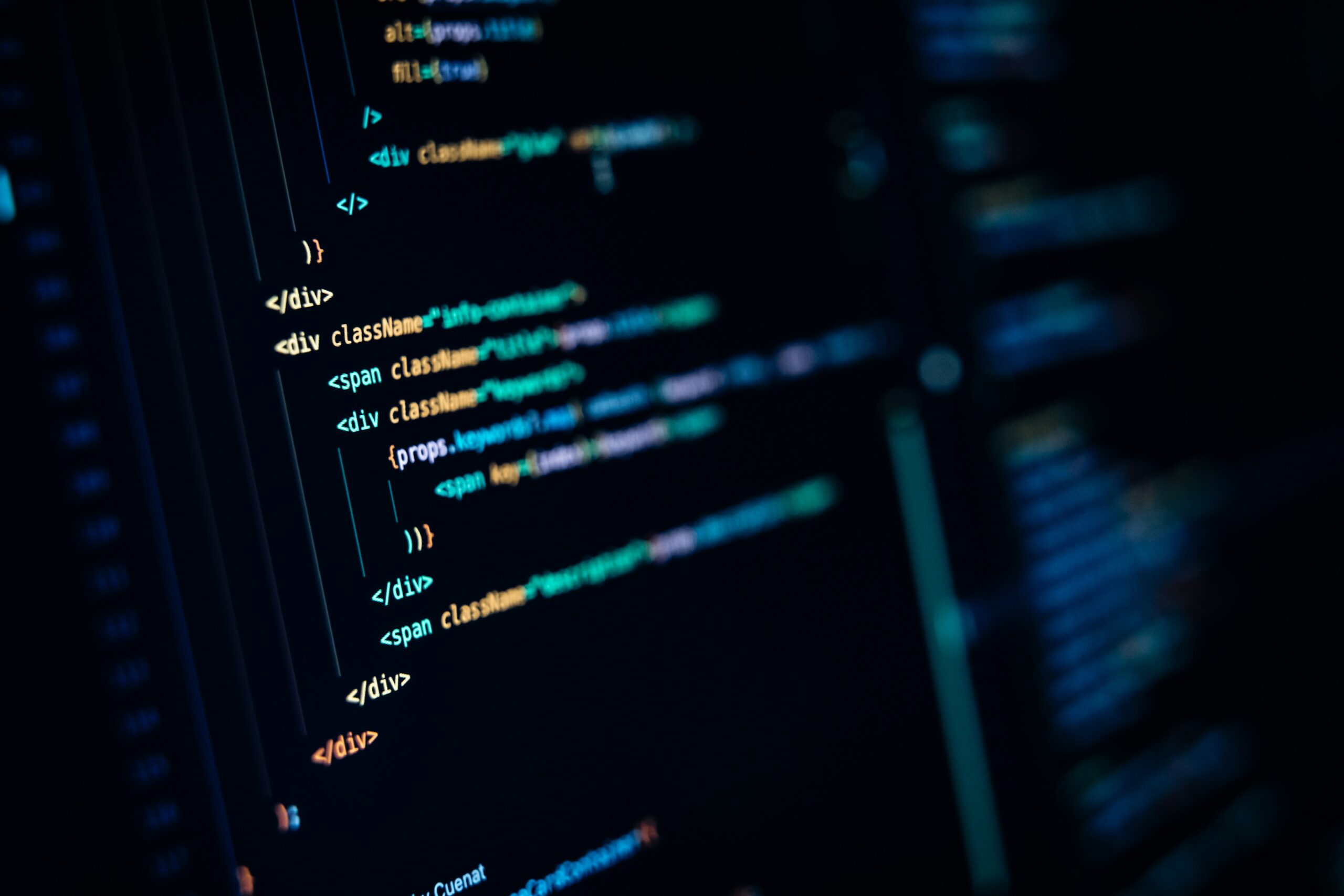With the rise of generative AI platforms like Midjourney and DALL-E 3, it’s fair to wonder if AI is going to take over creative spaces. In this case, specifically visually creative spaces.
In my opinion, I do think that some people with design jobs will lose those jobs to AI as companies decide to cut costs. And that’s going to be very unfortunate. Because from what I’ve seen, AI art lacks the personality and soul that humans provide because those are uniquely human traits. But some companies will see it as a quick way to save money and increase profit margins and they’ll jump on the bandwagon.
These companies will learn quickly why that was a mistake when their branding, marketing, outward messaging, etc. stops resonating with their audience. Because it won’t feel real or authentic.
With that being said, I don’t think that AI will ever truly replace creatives.
AI is a tool
Think about your profession – it does not matter what your profession is. What are the things that you use daily to increase efficiency in your workflow?
If you make jewelry, you have physical tools. Things like pliers, wire cutters, maybe you have a soldering iron or a hammer. Maybe you have a forge and shape your own metal. If so, that’s awesome and I’d love to learn how to do what you do.
If you develop or test software, you very likely have software tools. Programs such as Playwright for automation testing, or chrome extensions that house login information. Or extensions that examine pages for accessibility standards for your manual testing clients.
You have these tools at your disposal and they make your workflow much easier and faster. If you crochet blankets and other comfort items for a living, but you didn’t have crochet hooks, making anything would be significantly harder and take longer to complete.
AI can provide a solid starting point
In starting up my brand and web design business and building up my portfolio, I turned to ChatGPT for design briefs for fictional clients. And it provided some solid briefs for me to work from. However, if I asked it to write copy for a website… it didn’t quite hit the mark. What it churned out was VERY clearly written by AI.
In my process, I have my clients create a Pinterest board of things that inspire them in their businesses. I take that Pinterest board and create two visually distinct mood boards for them to choose from. The chosen mood board determines the visual direction that we move forward with in the project.
If my client does not like either of the styles provided, we’ll have a discussion with key words about what they’re looking for. I can then take the results of that conversation into a generative AI program and ask it to put together a mood board that fits that criteria. There are three things that can happen at this point:
- The client hates it and we figure out new key words to use
- The client likes the direction, but it’s still not quite right, so we make some tweaks until they love it
- The client loves it
All in all, utilizing this tool saves us hours of time and back and forth. There can absolutely still be some back and forth as we work out which words and prompts return the best results. But if I were to manually create a brand new mood board each time? That could potentially take hours of time that neither of us have.
An excellent example of AI being used in a design workflow is demonstrated here by designer, Jacob Cass.
The key is the prompts
The biggest thing to learn with AI is “what is the prompt I need to use to get the result I want?”
This is a skill that takes practice and it’s one that I’m still learning. I’ve gotten some results that I really liked. But I’ve also gotten some that I wonder, “where in my prompt did it get that?”
To use generative AI effectively, you need to have the ability to be descriptive and precise in your wording. Especially if you have a specific idea in your mind.
This is a big reason that AI is not going to take over the design industry, leaving us designers out of work
In my experience working with clients, I’ve found a common thread – they generally don’t know what they want. And if they do, they don’t know how to articulate their vision in a way to make someone else picture it exactly the way they want. And they don’t have the skills to bring it to life themselves.
We are all individuals. Everything that is said is up for interpretation and that goes for AI prompts, as well. A prompt may be extremely specific and detailed, but AI will still interpret a prompt differently than the user pictures.
Clients come to me for my technical skills, definitely. But they also come to me for my creativity and for the relationship that we build. They want that human interaction. They want a creative who can pinpoint how their target audience thinks and behaves. And they want that person to have the skills to create something amazing.
I’m sure AI will learn those skills as technology advances, but it is still a machine. And machines, right now anyway, do not understand the emotional connection that humans have with art or creativity. And building emotional connections is what we, as creatives, excel at.
What are your thoughts on AI in the creative space? Where do you think it’s going? Let me know in the comments below.
Are you ready to establish an emotional connection with your audience? Click here to inquire and get started on your project.
